Curious about link building pricing? Costs vary depending on domain authority, industry, and link type. This article explains these factors, compares in-house vs. agency costs, and reviews different link types and their prices.
Key Takeaways
- Link building costs are influenced by factors such as domain authority, industry-specific pricing, and link placement; understanding these can help businesses allocate their budgets effectively.
- Businesses must weigh the cost and benefits of in-house vs. agency link building, as in-house teams entail higher ongoing expenses while agencies provide flexibility and expertise.
- Maximizing ROI from link building involves prioritizing quality over quantity, targeting relevant websites, and regularly monitoring performance to optimize strategies.
What Influences Link Building Costs?
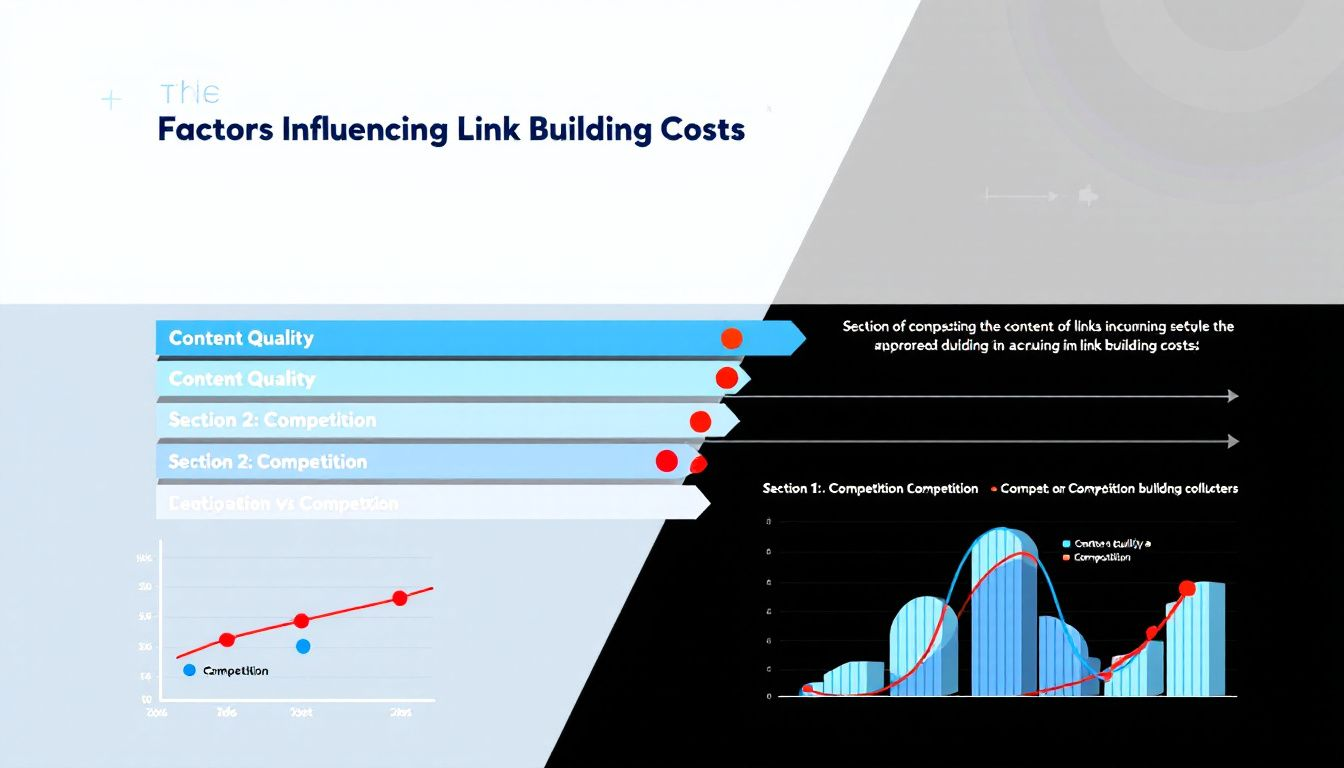
The expense associated with link building is affected by numerous key elements, such as the domain authority of the sites you are linking to, pricing variations across different industries, and the positioning and structure of links. By comprehending these components, companies can distribute their financial resources in a manner that enhances their link-building initiatives.
Scrutiny of these determinants demonstrates their impact on acquiring quality links’ expenditures.
Domain Authority (DA) and Domain Rating (DR)
The cost of link building is heavily influenced by factors like Domain Authority (DA) and Domain Rating (DR), with websites scoring high in these metrics often commanding steeper fees for link placements. A website with a DR over 60 could typically levy charges exceeding $600 per link due to its authoritative status and the subsequent SEO advantages it offers. In a similar vein, securing a link from sites that boast a DR above 50 starts at an investment threshold of $600 because of their perceived value.
Websites holding higher Domain Authority can justify increased rates for hosting links given their augmented reputability and more robust backlink profiles. Such quality measures, along with substantial organic traffic levels, are what drive up the costs associated with acquiring premium spots on websites enjoying significant DA scores.
Businesses must Carefully evaluate both the DA and DR attributes of potential linking partners to ensure optimal returns on their expenditures dedicated to enhancing their own site’s backlink profile through strategic investments in link building.
Industry-Specific Pricing
The expense of link building fluctuates across various sectors due to differences in competition and demand levels. Sectors with intense competitive environments, such as finance, real estate, and gambling, Incur higher costs for link building since backlinks within these areas carry greater value. Specifically in the finance and insurance domains where rivalry is fierce, expenses can surge to reflect an average cost around $361.44 for each individual link.
On the other hand, industries perceived as lower-value like those catering to hobbyists may see their link costs dip below the $100 mark. Fields such as fashion and photography also present distinct economic patterns concerning pricing. Site owners here are frequently more amenable to offering guest post backlinks at a fee. Acknowledgment of these sector-specific cost variations is crucial for businesses when they devise their budgets and map out strategies tailored for successful link building efforts.
Link Placement and Format
The cost associated with link placement and its format is significantly influenced by their location on a page. Links that are integrated within the main content tend to be pricier than those positioned in sidebars or footers, as they offer greater engagement benefits and have more SEO impact. Websites with high authority usually command higher prices for link placements due to their substantial traffic volume and enhanced potential for boosting SEO.
Understanding the cost variations among different types of link placements can aid in allocating budgets effectively when devising strategies for building links. For instance, investing in links that are incorporated into well-crafted content at the heart of an article is deemed valuable by search engines, thus representing a sound investment for businesses aiming to elevate their rankings on these platforms.
Careful planning of where links are placed can optimize resource expenditure during campaigns aimed at constructing links.
Comparing In-House vs. Agency Link Building
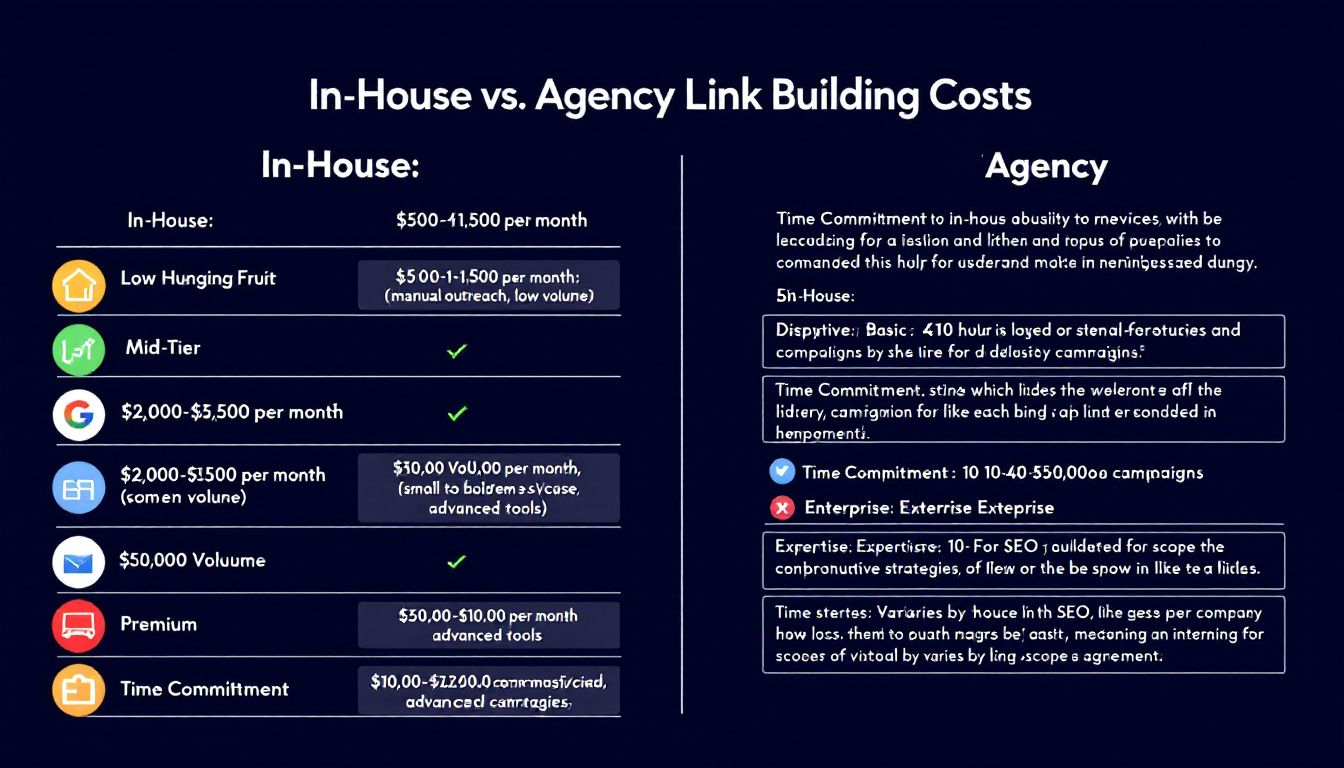
Businesses frequently grapple with the decision whether to handle link building internally or entrust it to a specialized link building agency. This choice presents its unique advantages and challenges that can significantly impact both the costs involved and the success rate of their link building efforts.
A thorough assessment of both managing an in-house team for this task versus partnering with an outsourced link-building campaign sheds light on their respective merits and implications.
In-House Team Expenses
Operating a link building team within the company allows for thorough oversight of both strategies and the quality of acquired links, albeit at notable expenses. The yearly expenditure to sustain such an in-house link building crew amounts to roughly $158,000 when factoring in wages, educational programs, and crucial tools required for peak operation. Employing a dedicated SEO specialist with expertise in link building could set back a firm anywhere from $47,000 to $84,000 per year just on salary costs alone within the United States.
Keeping an internal team involves continuous investments in their professional development and up-to-date resources essential for honing their competencies. Although these comprehensive measures can lead to escalating expenses swiftly, they guarantee that your business’s approach towards link building is intricately aligned with its broader goals—offering customized solutions that might result in more efficient outcomes for the particularities of your enterprise’s link-building endeavors.
Agency Pricing Models
Employing link building agencies to handle the process of acquiring links can prove economically advantageous, as it allows businesses to capitalize on the skill set of seasoned link builders without expending internal time and assets. The cost associated with these services from various agencies differs significantly, hinging upon the particular types of service and quantity of links requested. Commonly, rates for packages offered by such agencies may range between $200 and $800 for three links, while comprehensive campaigns could run an annual tab ranging from $7,000 up to $72,000.
Certain link building firms mandate a minimum monthly expenditure. Take Dofollow as an example—they begin their pricing at a threshold of $4,000 per month. On another note, niche-focused smaller agencies might offer more competitive rates. To larger counterparts when dealing with bulk orders for numerous links.
In contrast to agency fees, freelance professionals found on marketplaces like Upwork charge hourly rates around $50 – $75. This option is not only adaptable, but could also be notably less costly than others available. Understanding these varying price structures empowers companies seeking out link building services to make informed decisions that conform both financially and strategically within their intended parameters.
Types of Links and Their Costs
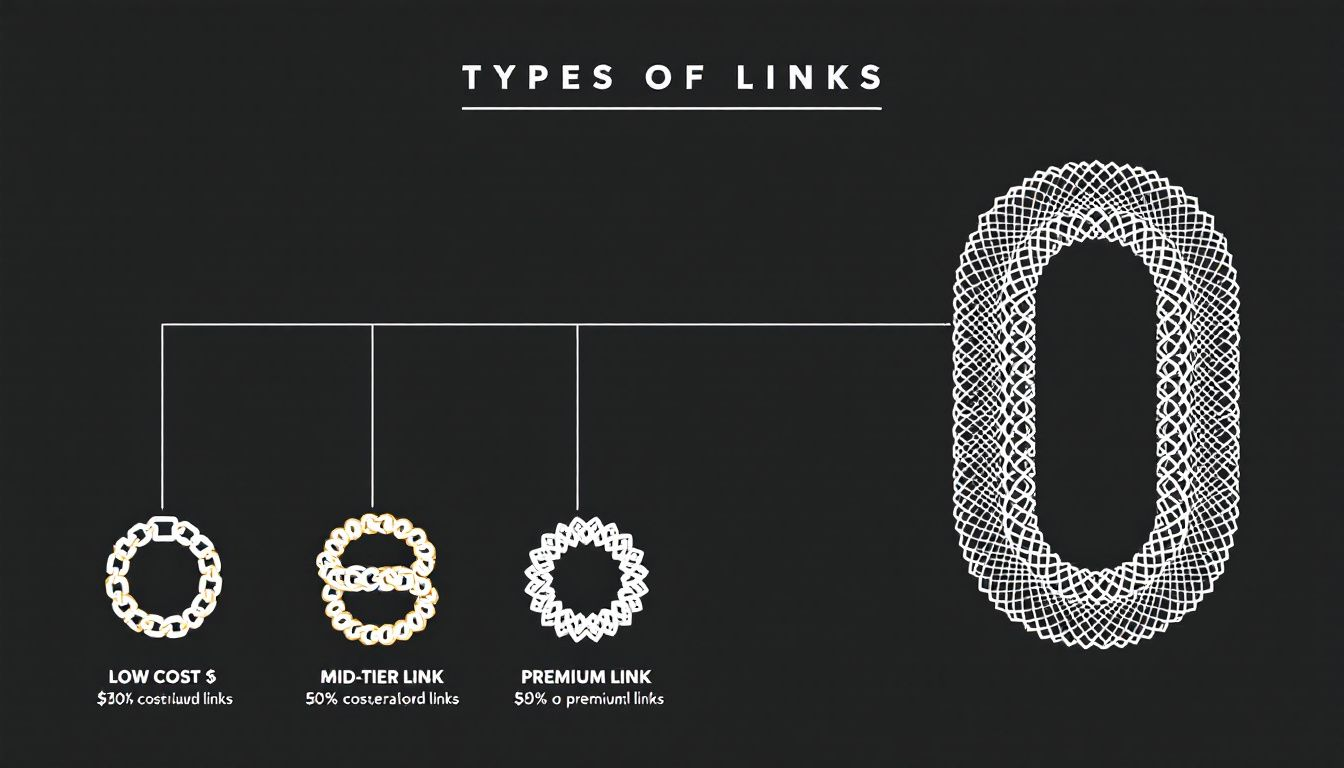
The expense associated with various types of links is indicative of their distinct worth and impact within SEO tactics. A range of link options, including those obtained through guest posts, editorial backlinks, and digital PR strategies, each come with their own set of benefits and respective costs.
A closer analysis of these different link categories can offer a more comprehensive insight into their particular advantages.
Guest Posts
Guest posting involves crafting content for external websites, where the written piece usually incorporates a link leading back to one’s own site. Utilized primarily for amassing high-quality backlinks, engaging in this process can be both time-intensive and expensive at times. The average expenditure on securing a guest post hovers around $220. Prices tend to surge between $800-$1,000 per post within industries carrying more weight like the legal and finance sectors. The endeavor of composing extensive articles simply to obtain a single backlink often results in reduced scalability due to an imbalance between effort invested and potential returns.
Securing links from prominent publications typically presents greater difficulty than doing so from smaller blogs. To optimize results, some industry experts adopt techniques such as three-way link exchanges when undertaking guest posting strategies. Despite various obstacles faced during the process, leveraging guest posts remains a favored tactic for generating high-quality backlinks—especially effective when focusing efforts on pertinent websites and producing exceptional content.
Editorial Backlinks
Editorial backlinks, which are acquired from respected publications that cite your content due to its distinctiveness and value, are coveted for their potential to substantially enhance a website’s organic traffic and elevate search engine placements. The acquisition cost of these premium links varies based on elements like relevance, contextual placement, and the choice of anchor text. Securing such links typically exceeds an average expense of $1,000 per link.
Conversely, paying for a link insertion within an already published article costs around $141. Earning editorial backlinks often entails crafting high-quality content that naturally garners attention and mentions from authoritative websites—this approach represents a strategic investment in achieving sustained SEO success.
Digital PR Links
Brand mentions in various forms of media, such as articles, news pieces, and publications, are a source of Digital PR links that come from sites with high authority. These kinds of links can greatly enhance a website’s trustworthiness and effectiveness in search engine optimization (SEO). The cost associated with acquiring Digital PR links depends on the intricacy and scope of the campaign involved. It usually necessitates well-planned strategies for outreach along with efforts to elevate brand visibility.
Engaging in this variety of link building is exceedingly beneficial for procuring connections from websites that hold relevance, which serves to improve both the backlink profile and the rankings on search engines. Committing resources into Digital PR can lead to significant benefits by escalating organic traffic levels and forging a robust digital identity.
Cost-Effective Link Building Strategies

Employing economical strategies for link building can result in substantial savings for businesses, all while enhancing their digital footprint. By taking advantage of opportunities such as HARO links, fostering relationships that facilitate link-building, and recycling pre-existing content, companies are able to secure high-quality backlinks affordably.
Now let’s explore these methods more closely.
HARO Links
Help A Reporter Out (HARO) serves as a bridge between journalists and sources, offering an economical way for obtaining valuable links. On average, users can expect to acquire approximately 3 to 9 high-quality links each month by using HARO, marking it as an efficient resource for building quality backlinks. Engaging with HARO requires considerable time and effort in order to respond properly to inquiries. The typical expense for undertaking a project via HARO hovers around £1000.
A notable limitation of the platform is its failure to track mentions, which could lead to challenges in link tracking activities. Despite this issue, many link builders frequently opt for HARO because it offers access to secure high-quality backlinks without imposing significant costs.
Relationship-Based Link Building
Focusing on cultivating robust relationships with other content creators is at the heart of relationship-based link building, which aims to secure backlinks without any financial outlay. This strategy encompasses various methods, including offering guest posts, engaging in A-B-C link exchanges, and joining forces on projects such as research studies or infographics creation. For successful implementation of this approach, employing a specialist in link building or bearing agency expenses may be necessary. It allows for an expansion of link-building efforts without investment.
This method stands as completely cost-free and encourages organizations to form natural links through enduring partnerships that could spawn even more opportunities for establishing connections. Concentrating on crafting content deemed worthy of linking and interacting with pertinent websites enables companies to bolster their backlink profile efficiently while avoiding hefty expenditures.
Utilizing Existing Content
By reworking previously developed content, businesses can tap into fresh opportunities for link building without having to invest in creating more new content. The strategy of producing high-quality material serves as an efficient way to secure links and bolster one’s visibility on the internet.
Refreshing and refining existing significant pieces of content can lead companies to draw in natural links that will contribute positively to their search engine standings.
Tools and Resources Impacting Link Building Costs
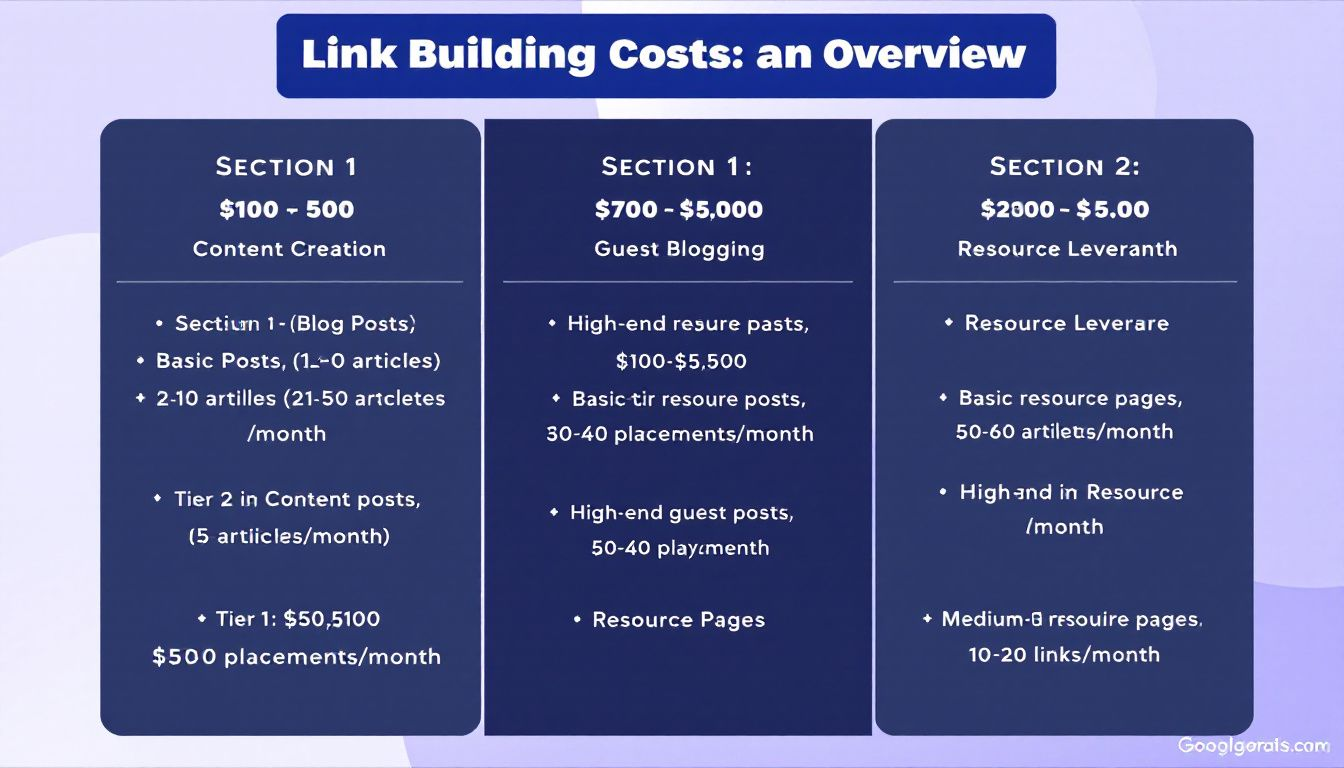
The expense associated with link building is partly determined by the various tools and resources employed during its implementation. SEO utilities, platforms for producing content, and services dedicated to outreach are significant in enhancing the efficiency of link building campaigns both in terms of results and costs.
We shall delve into a more detailed examination regarding how these instruments affect the process.
SEO Tools
For effective link building, SEO tools are indispensable as they offer the necessary insights and data to fine-tune strategies. While leading platforms such as Ahrefs and Semrush provide robust capabilities for monitoring backlinks and conducting website audits, their services are not free. Agencies focused on link-building may find themselves spending around $42,490 annually with Ahrefs’ pricing structure that spans from $99 to $999 per month. Similarly, Semrush’s subscriptions range from $139.95 to $499.95 each month, representing a substantial financial commitment.
The expense associated with these tools notwithstanding, they play a pivotal role in bolstering link-building campaigns by providing detailed analytics and performance tracking measures that assist in honing tactics for greater effectiveness. Through the strategic application of these SEO instruments, companies can amplify their link-building operations and secure improved outcomes.
Content Creation Tools
The production of high-quality content plays a pivotal role in securing backlinks, with several aids available to facilitate this endeavor. Tools dedicated to creating engaging and noteworthy content are critical components for any strategy focused on link building.
Allocating resources into these tools allows enterprises to guarantee that their content adheres to the quality necessary for garnering significant links.
Outreach Platforms
Platforms dedicated to outreach are crucial in enhancing the efficiency of link building by simplifying how one contacts potential partners for links. Services such as Pitchbox and Respona deliver customized options that aid sophisticated link-building strategies, with pricing varying between $550 to $1500 a month for Pitchbox, while Respona ranges from $99 to $399 monthly.
These platforms offer an assortment of ready-to-use templates for outreach campaigns alongside additional functionalities that assist link builders in orchestrating their initiatives effectively. With these tools at their disposal, companies can expedite the process and improve their chances of securing valuable backlinks.
Allocating resources into these utilities can significantly bolster the effectiveness and outcomes of a company’s link-building endeavors.
Maximizing ROI on Link Building Investments
To enhance the return on investment from link building, it’s essential to engage in strategic planning and ongoing refinement of tactics. Prioritizing high-quality links rather than sheer numbers, directing efforts towards websites that are pertinent to your business, and consistently tracking outcomes can help businesses achieve superior results from their link-building endeavors.
Exploring particular strategies is key for optimizing ROI from these efforts.
Quality Over Quantity
In the realm of link building, prioritizing quality over quantity is crucial. Links from well-respected websites that are regarded as high-quality can elevate search engine rankings far more efficiently than accumulating a myriad of low-quality links. Even with limited financial resources, acquiring a handful of these high-value links can lead to an improvement in SERP standings.
It’s essential for businesses to concentrate on producing content of such a calibre that naturally draws in links while also making concerted efforts to obtain backlinks from sites with high authority. Emphasizing quality rather than volume will enable companies to realize SEO enhancements that are not only more enduring but also have greater influence.
Targeting Relevant Websites
Aiming to connect with websites that are intricately connected to your area of expertise can considerably boost organic traffic and user interaction. When the websites selected for link building have a strong alignment with your niche, this increases both the pertinence and impact of those links. By pinpointing and approaching sites that would find value in what you offer, there’s an elevated likelihood they will reciprocate with backlinks.
As a site owner prioritizes relevance, securing contextually suitable backlinks becomes achievable, thereby enhancing their SEO initiatives and contributing positively to the website’s efficacy.
Monitoring and Adjusting Strategies
It is vital to consistently track the performance of link-building activities to verify that strategies are yielding favorable outcomes and to refine them for improved effectiveness. Essential indicators include tracking the quantity of backlinks gained, evaluating the domain authority of websites providing those links, and observing the organic traffic that emanates from these backlinks.
By examining fluctuations in both traffic and search engine ranking standings, companies can modify their link-building approaches by concentrating on sources and types of content that deliver high performance. Making ongoing modifications informed by empirical data is crucial for maintaining a competitive edge within the dynamic environment of link building.
Summary
Understanding the costs and value of link building in 2025 is essential for any business looking to enhance its online presence. From factors influencing link building costs to the comparison of in-house and agency models, and the different types of links and their costs, we’ve covered a comprehensive range of topics to help you make informed decisions.
Cost-effective strategies like HARO links, relationship-based link building, scholarship link building, and utilizing existing content can significantly improve your link-building efforts without overspending. By investing in the right tools and continuously monitoring and adjusting your strategies, you can maximize your ROI and achieve sustainable SEO success. Remember, quality and relevance are key to effective link building, and with the right approach, you can build a strong and credible online presence.
Frequently Asked Questions
What factors influence link building costs the most?
Link building costs are primarily influenced by domain authority, industry-specific pricing, and the placement and format of links. Understanding these factors can help you budget effectively for your link building strategy.
How do in-house link building costs compare to agency link building costs?
In-house link building often incurs higher costs due to salaries and training, while using an agency can be more cost-effective with flexible pricing based on needed services.
Therefore, agencies may provide a more budget-friendly option for link building needs.
What are the average costs for different types of links?
The average costs for links vary significantly: guest posts typically average $220, while editorial backlinks can exceed $1,000, and digital PR links fluctuate depending on campaign complexity.
Therefore, it’s important to assess your strategy and budget accordingly.
What are some cost-effective link building strategies?
Cost-effective link building strategies include using HARO to acquire links, engaging in free link exchanges, and repurposing existing content.
These approaches can help you build valuable connections without straining your budget.
How can I maximize ROI on link building investments?
To maximize ROI on link building investments, prioritize quality links from relevant websites and regularly assess your strategies using performance data.
This approach ensures that your efforts yield the best results.
